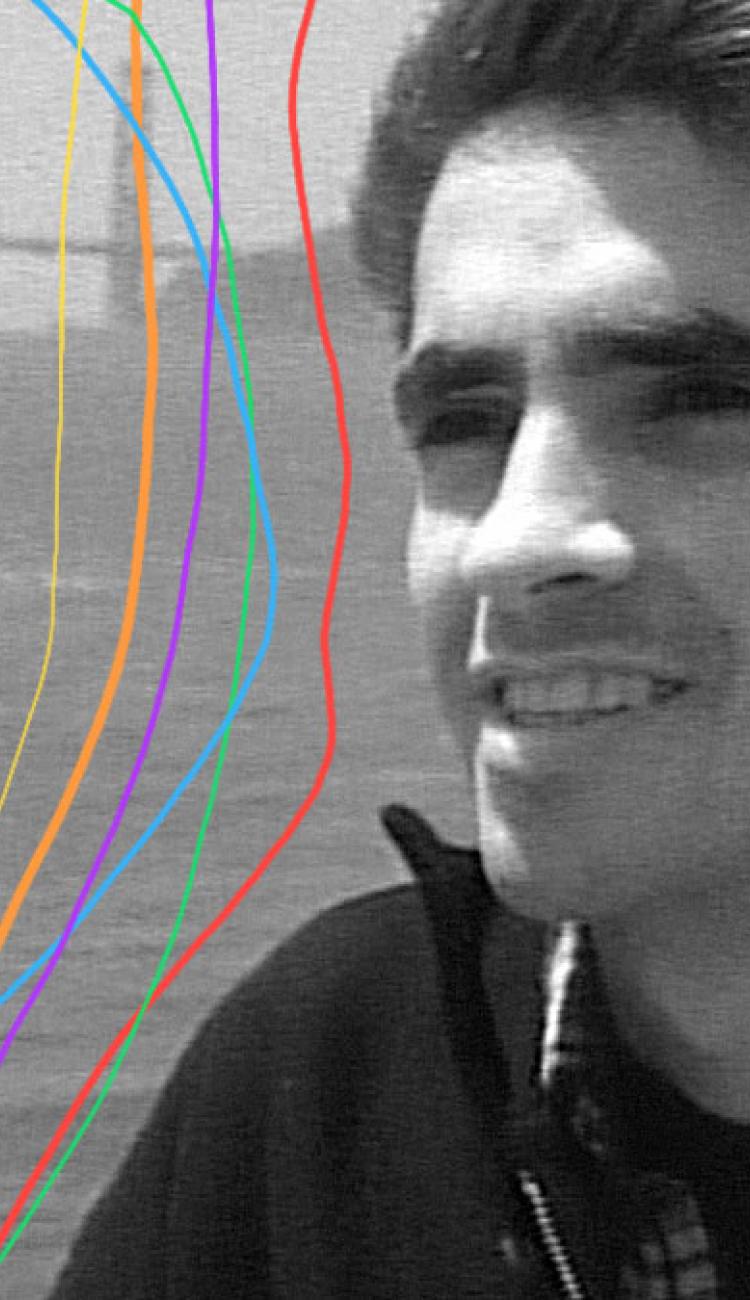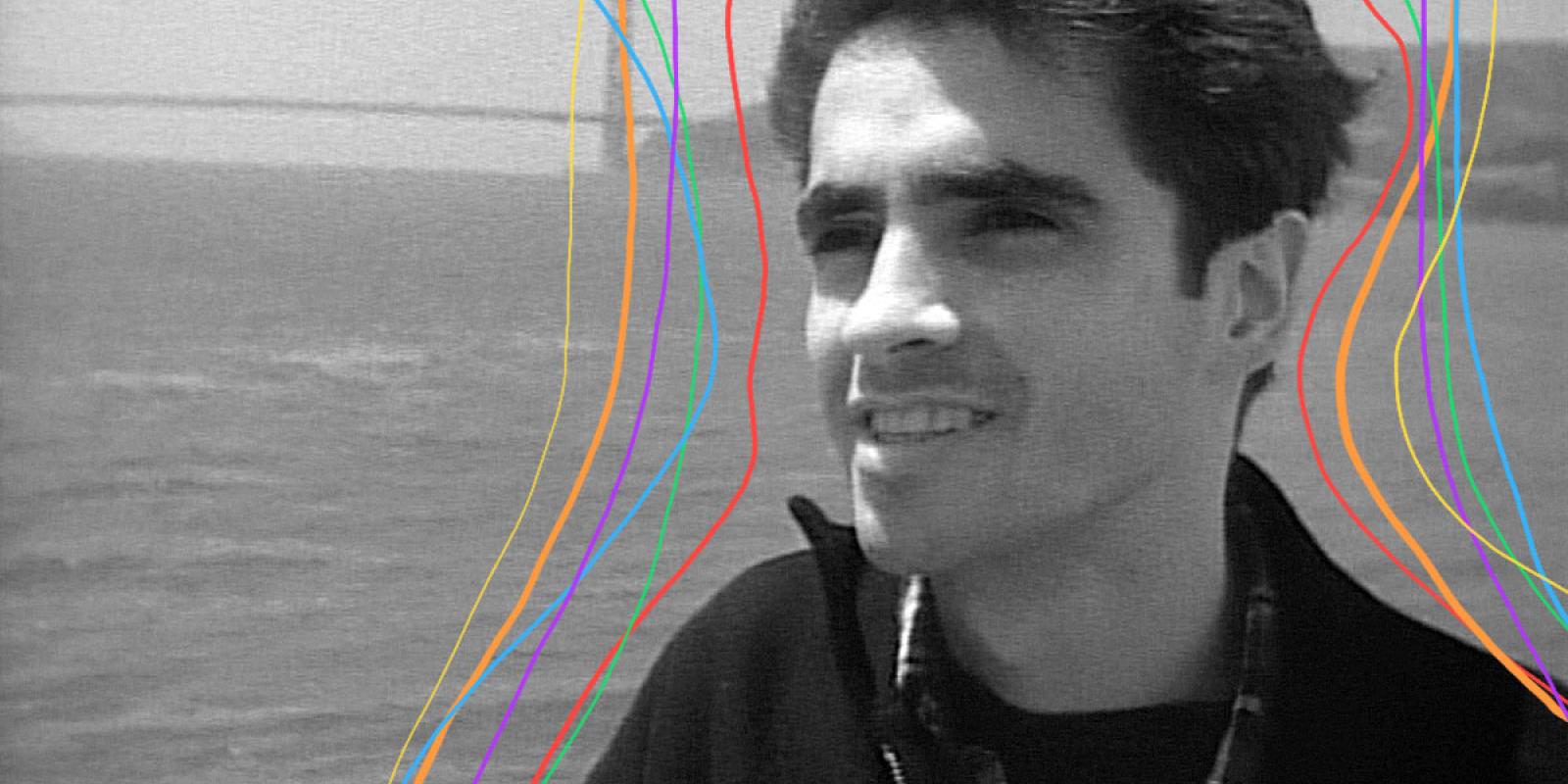Feb 28, 2018
Through key movies and TV shows, significant inroads are being made around the world in the fight for equal rights.
Pop culture has long been disparaged as having a negative influence on society. However, recent research findings show that positive portrayals of gay, lesbian, and transgender characters in TV and movies are actually changing people’s perceptions about the LGBT community for the better. In fact, a new global survey sponsored by Logo and Viacom found that entertainment can change attitudes about LGBT rights and make as much of an impact as knowing someone personally.
With nearly 100,000 respondents from more than 60 countries, this is the first time a study captured attitudes toward the LGBT community on such a large scale. For Viacom, the research finally puts hard numbers behind some of the principles that have been long-held by the company, says SVP of Global Consumer Insights Christian Kurz.
“Viacom has been at the forefront of diversity for a very long time,” Kurz says. “It helps empower the organization to showcase stories and people in various ways, just like we’ve done for years.”
As Kurz explains, a significant shift in cultural attitudes came between the late ’90s and the early 2000s. It was during this time that the entertainment world saw a rise in rainbow-friendly programming and movies that explored the intricacies of being gay. In 1994, when HIV and AIDS activist Pedro Zamora appeared on the third season of MTV’s The Real World, he became one of the first openly gay men on a television show (following bisexual and lesbian cast members in the first two seasons). Zamora influenced a generation of viewers who, through the magic of television, invited an out gay person into their home for the very first time. Since then, gay characters and themes have increasingly become part of popular TV and movie storylines.
In 1997, Ellen DeGeneres shocked viewers when she came out on her show as a lesbian woman. More recently, public figures like Neil Patrick Harris, Cynthia Nixon, Raven-Symoné, and Michael Sam have all announced their sexuality with much less resistance than what Ellen faced at the time.
The tipping point for LGBT themes and characters in entertainment came between 2009 and 2010 with underrepresented characters at an all-time high, according to the research. At the same time, public opinion began to sway too. Same-sex marriage was legalized in several states and in countries around the world before eventually being legalized nationwide in the U.S. in 2015.
"In all the countries we looked at, more than half of the population said LGBT rights are human rights,” notes Kurz. “Acceptance from people is predating government rules and regulations."
As part of the study, researchers also ranked the best and worst countries for social acceptance of the LGBT community based on a number of factors. These included comfortability with friends and/or family being gay, and views on same-sex rights. And while Ireland, Spain, and the Netherlands topped the list, surprisingly, 1 in 4 respondents in conservative regions like the Middle East, North Africa, and Asia admitted they were more likely to accept LGBT people if their favorite celebrity did too.
Today, TV fans are far more likely to see LGBT characters on nearly every channel, even on children’s shows. And across all networks, an increased number of programs that span the LGBT experience are being developed with every new season.
Without a doubt, entertainment can act as an agent of change. Progressing the landscape of film and television and expanding the technological platforms in which programming can be viewed now allows for a level of exposure completely unheard of when Zamora first hit the scene on The Real World 23 years ago.
But more importantly, it can influence attitudes and set a precedent. By breaking down boundaries, the entertainment industry is succeeding in building awareness and creating commonalities shared between audiences all around the world.

